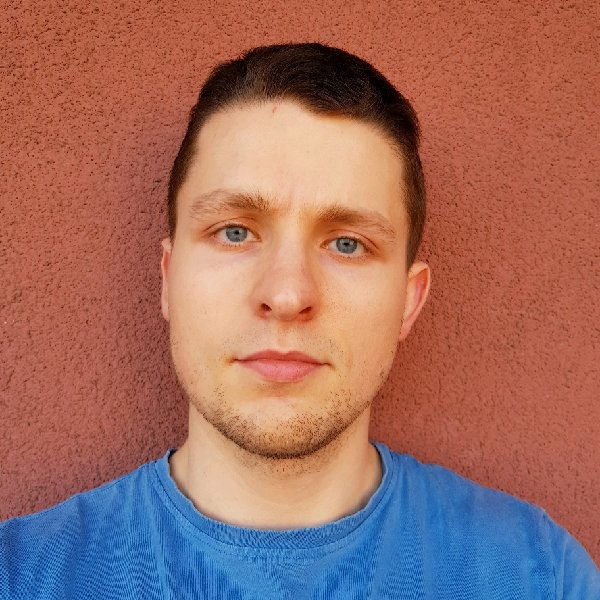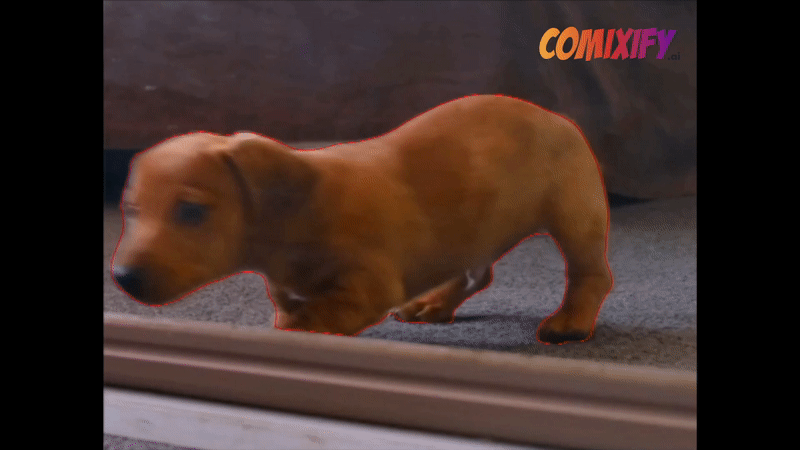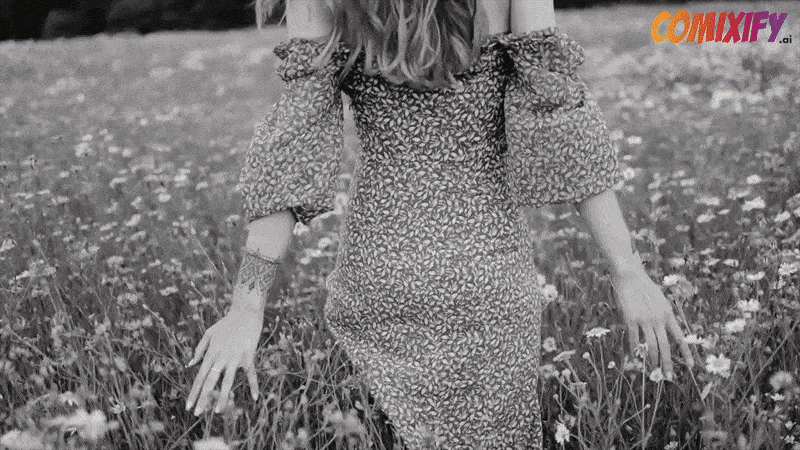
by Maciej Pęśko
Recently, we have finished the closed beta testing phase on our VFX Platform and moved to the open beta where everyone can set up an account and try out our amazing tools for free! We would love to share with you some numbers and information that we gathered from our users to give you a better picture of what we do, where we are and where we tend to be!
Users structure
During recent 5 months our main goal was to test our core ideas with a diverse group of people from VFX producers to amateur video enthusiasts. Over 700 users applied to get access to our tools and we selected around 500 of them. The final users type structure can be seen below.
As we can see around 40% of testers are video enthusiasts and semi-pro video editors which indicates a huge potential in the B2C market. It shows that there is a fairly significant interest among amateurs and semi-pro users. The remaining part mostly consists of different groups of VFX professionals. Well, it turned out that our tool is very versatile and depending on what one wants to achieve it can be used for both professionals and amateurs. That is exactly where we strive to be as our vision is to accelerate and democratize the post production market via AI algorithms.
Numbers
What engineers like the most are numbers, let’s reveal some of them. From the start of September till the end of December users uploaded around 2000 video sequences and created over 3500 different tasks. This means that over 1 000 000 frames was used on our VFX Platform! The average uploaded video was a FHD sequence with around 260 frames. The most popular tools were Style Transfer and Rotoscoping which accounted for 90% of all the tasks. The Slow Motion and Super Resolution modules were slightly less popular. However, it may be connected with the fact that for example Super Resolution was released a bit later, so instead of 4-5 months of testing, it has been available only in recent 2 months.
Feedback
Nevertheless, the most important part of the closed beta was the feedback we collected from our users. Lots of constructive criticism and ideas we gathered helped us to rethink several things and hopefully will allow us to move our product to the next level. There were three places that the feedback focused on: the user interface/experience, the specific modules performance and general ideas.
As of the web interface we found out that our users would prefer to have the option to switch to some dark mode, as it is a standard in most Video Softwares. Also the separate video upload page appears to be desirable by some users. It turns out that video uploading option during task creation is not enough.
Some of the clues that appeared in the survey we have already addressed. These include the zooming option in the Rotoscoping module that allows to draw the reference masks much more precisely. The other one is allowing different naming conventions for uploading frames (To know the order of the sequence!).
Furthermore, each module had its own feedback with a massive amount of valuable information. For example in the Rotoscoping module we found out that Bezier splines are not enough and a significant part of our users would love to have an option to get output files with B-splines instead as they give smoother shapes that are required in some situations (the current state of splines can be observed below on Fig. 4). More export formats like those used in Nuke or Adobe After Effects are also something that we noticed and keep in our minds.

In the Style Transfer Module the need for more styles was quite an obvious choice and this was the most popular comment we received. We hope to address it with a few new styles that are coming to be available soon. On the other hand, the Super Slow Motion users would like to have the option to obtain results with bigger FPS values. Currently, we can interpolate up to 10x, so from a 30FPS video we can create a 300FPS sequence, but we are convinced that this border would not be hard to break in the near future. In the Super Resolution tool, testers reported that current options 1080p, 1440p, 2160p and 4320p are not enough and it would be nice to have an option to specify custom output resolution and this is also something that we are going to introduce shortly. There are also matters that concern all modules, for example task processing time. We are aware of it and we do push all the limits really hard to make the tools faster.
To prove it you can observe how much we accelerated our rotoscoping module through a few past months. Fig. 5 compares how long it takes to process a 300 frames long video sequence in 4K resolution now (January 2021) and at the time when Rotoscoping was released (September 2020). We managed to accelerate it almost 3 times (11min09s now and 29min17s then) and we know that there is still very much work to do ahead of us.
Finally, there are general concepts concerning subjects like new modules ideas. We study them really hard in order to find out their product/market fit potential. One of them is almost ready and will be released in the upcoming weeks. For those who are curious about what it can be, check the video below!

